|

Tiger: Tigers are the largest of cats, with males reaching weights of over 600 pounds. Tigers are the only cats with
stripes. The stripes makes a tiger look very conspicuous in a cage, but in forests or semi-open habitats the cat is well
camoflaged. Tigers are native to Asia.
Tigers love water and swim well. They are solitary cats. Poaching and lack of habitat, because of human encroachment,
have contributed to making the tiger an endangered species. A tiger can eat up to 50 pounds of meat at a feeding, although
in the wild they may only eat a few days per week.
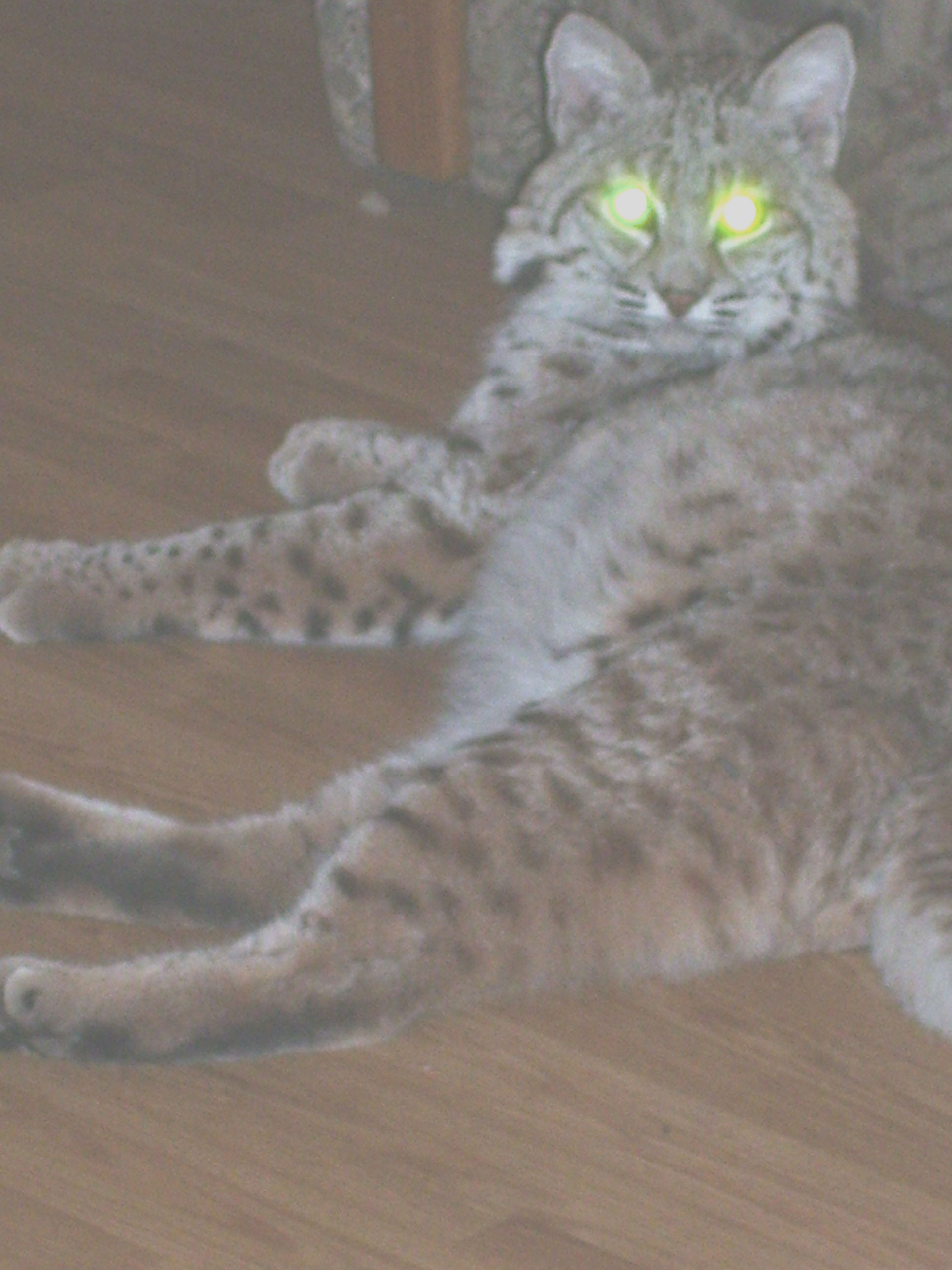
Bobcats are native to much of North America. They are very adaptable to many climates and habitats, but prefer dense
cover. Bobcats are good climbers but spend most of their time on the ground. They are patient hunters and will use the ambush
technique of waiting for their prey in well-used areas. Bobcats are seasonal breeders. After a gestation of 63 days, litters
of 2-4 kittens are born. A bobcat's appearance is very similar to the lynx. They have smaller feet, shorter tufts and a white
tipped tail.

Serval: Servals are tall, slender cats with small, narrow faces and large oval shaped ears. They have spotted coats with
a pattern similar to the cheetah. The serval uses it's ears like a radar and it's long legs to hunt rodents in tall grasses.
Servals are natives of Africa. They are mostly nocturnal predators. Servals are solitary cats. Gestation is 74
days after which they give birth to 2-4 kittens.
|
|
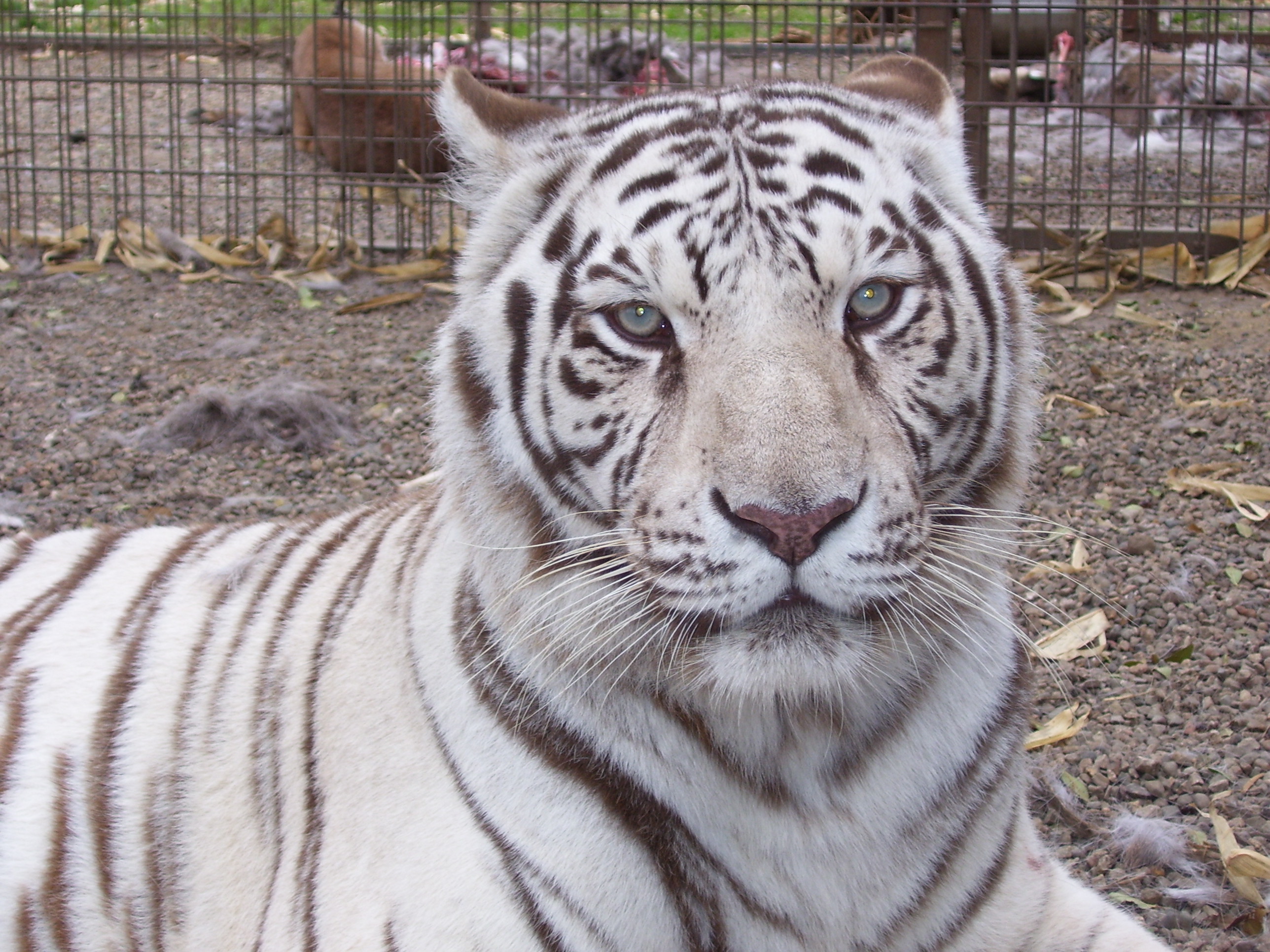
White Tiger: All captive white tigers are descendants of Mohan, a white male cub captured in India in 1951.
Mohan was mated with one of his normal colored sisters, Radha. Four white cubs were born. These cubs are where all of our
white tigers have descended from. Because of inbreeding, there is increased cub mortality and genetic weaknesses in many white
tiger families.
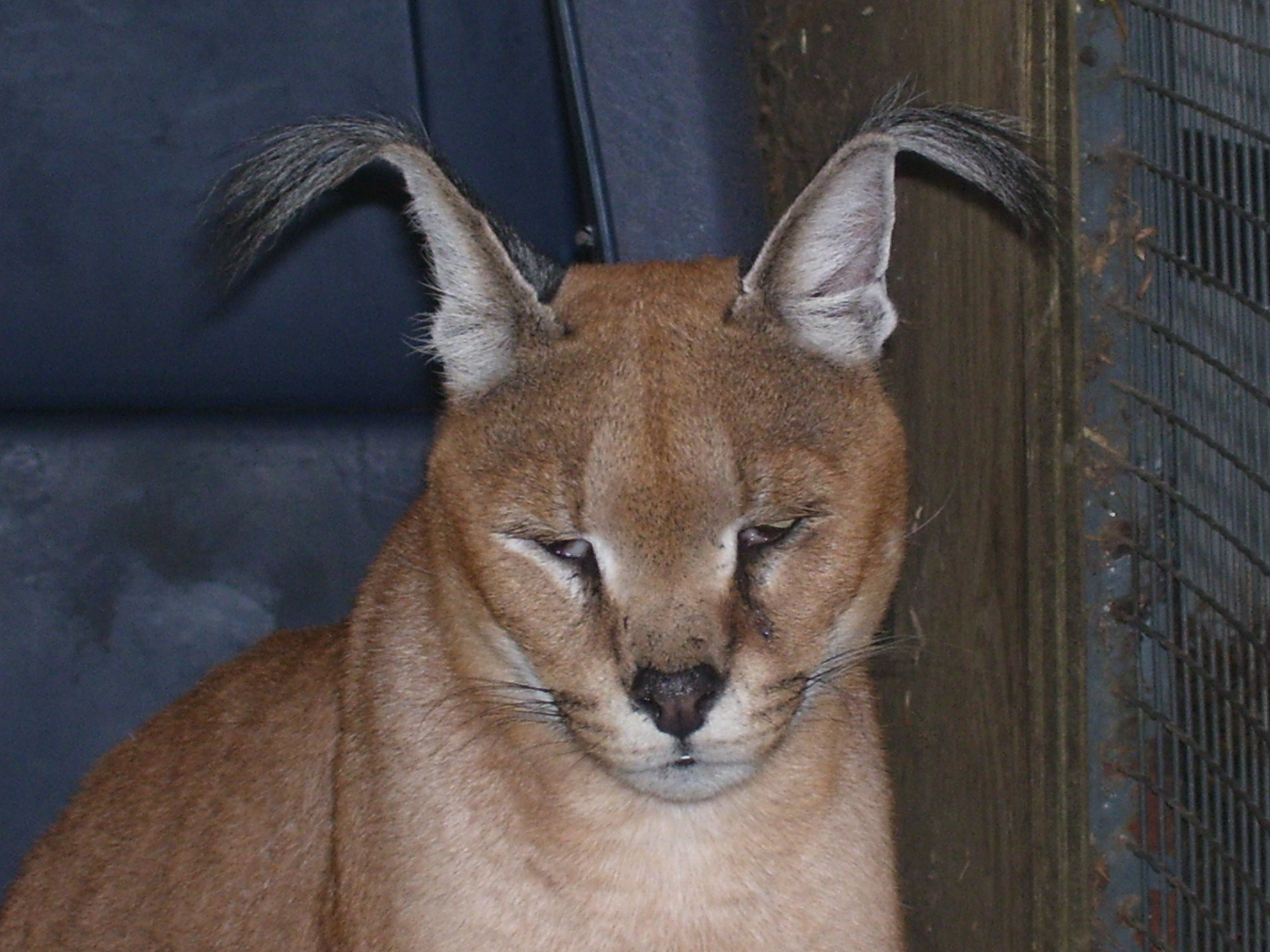
Caracal: Caracals are tawny colored, medium sized cats native to Africa and Asia. They have black backed
ears with long black tufts of hair. Caracals are classified as endangered in their Asian range and are hunted as a nusiance
animal in South Africa.

Cougar: Also known as puma or mountain lion. Cougars were once found from the eastern to the western
part of the US, but are now extirpated from the eastern US. They are now found primarily in the western US and through South
America. Courgars are solitary cats.
Cougar gestation is about 92 days. 1-6 cubs are born with the average litter size being 3. Cubs are
born with spotted coats. Their eyes are light blue. By 4-8 months the spots fade and their eyes change to yellow-brown color.
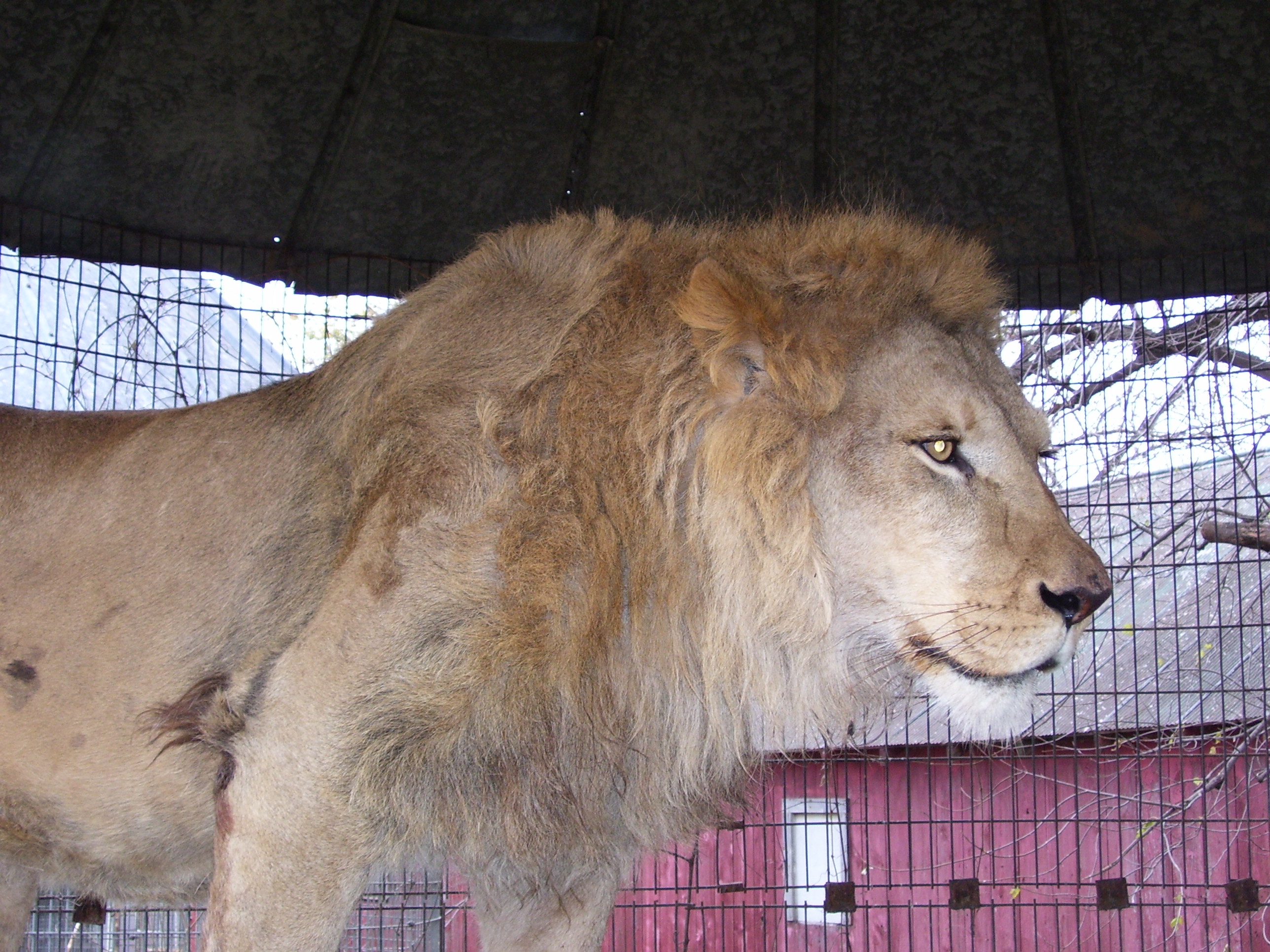
Lion: Lions are native to sub-Sahara Africa. The males grow a large, thick mane. It takes 5 years for the
mane to be full. This mane helps protect the males when they fight. It also makes him look intimidating and impressive to
other lions. Lions are the most inactive of all felids, averaging 19 hours per day at rest. The lions of the Serergeti Plains
form prides of 2-18 females, their cubs and 1-7 males. All the females are related. Most of the females in the pride will
have cubs within several weeks of one another. There is a high mortality rate on their cubs in the wild.
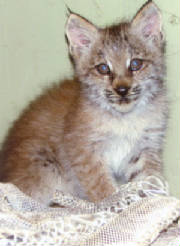
Canada Lynx: The Canada lynx resembles a bobcat, but has very large feet and long ear tufts. Their hind
limbs are longer then their fore limbs making them look like they walk "downhill". The lynx has a black tipped tail. The Canada
lynx prey primarily on snowshoe hare. After a gestation of 64 days, 1-8 kittens are born. Lynx are seasonal breeders, so most
young are born in April & May. Lynx are abundant in Alaska and Northern Canada. Lynx are protected in the continental
US.
|
|

